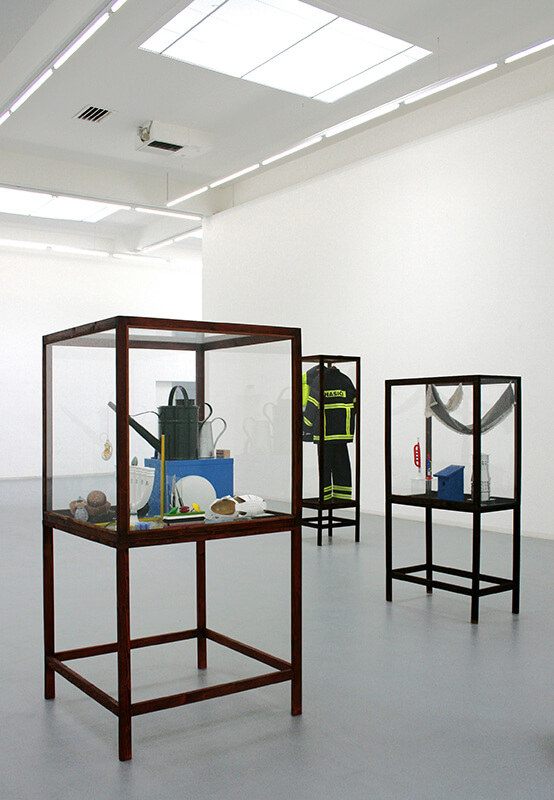
Le Grand Magasin, 2010, As part of the exhibition
Altruismus, Curated by Stephan Strsembski,
Bonner Kunstverein
Altruismus, Curated by Stephan Strsembski,
Bonner Kunstverein
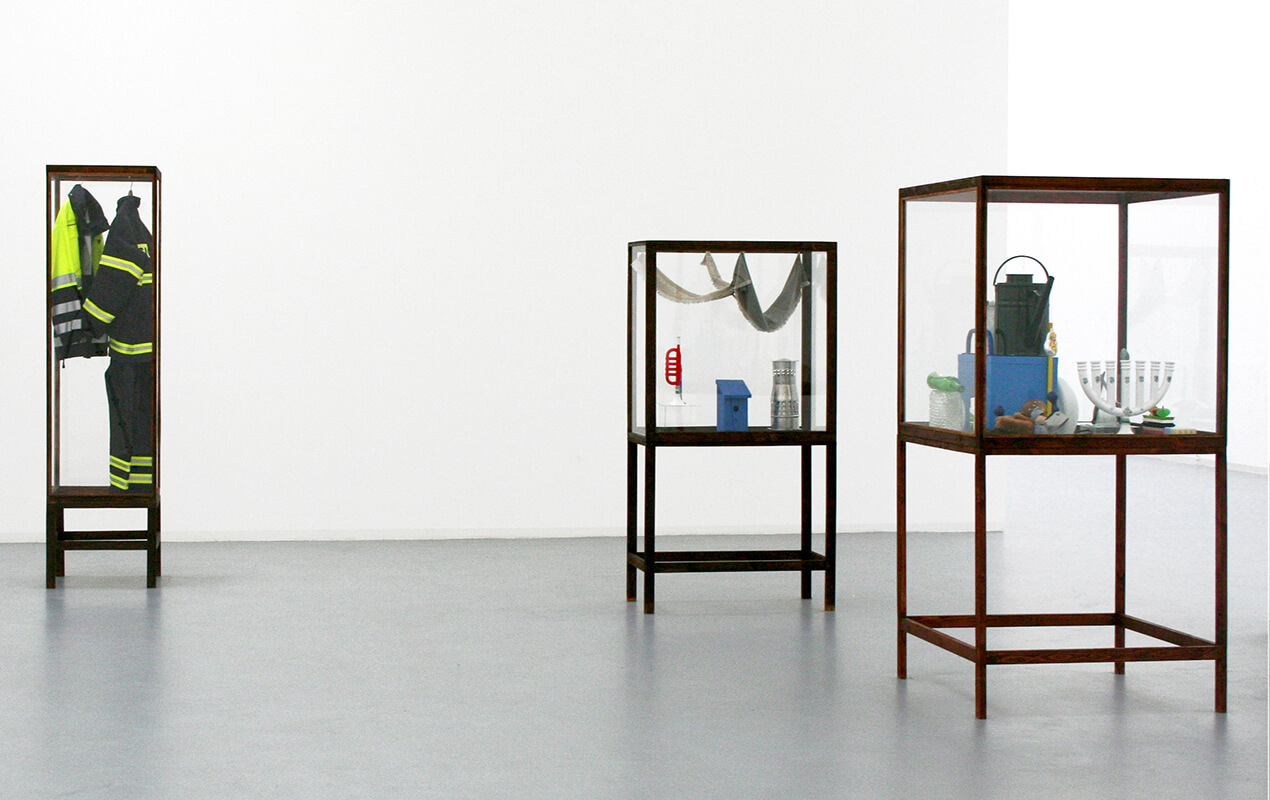
Le Grand Magasin, 2010, As part of the exhibition
Altruismus, Installation view,
Bonner Kunstverein
Altruismus, Installation view,
Bonner Kunstverein
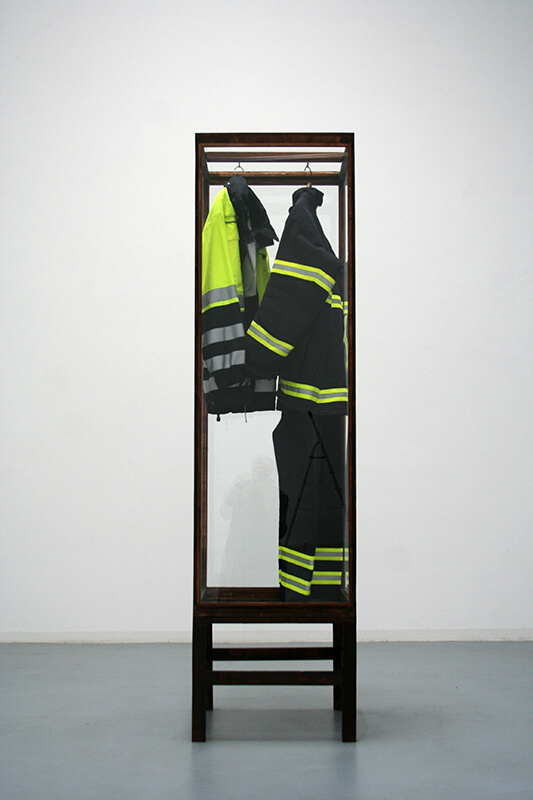
Le Grand Magasin, 2010, As part of the exhibition
Altruismus, Bonner Kunstverein 2010
Altruismus, Bonner Kunstverein 2010

Le Grand Magasin, 2010, As part of the exhibition
Das Wesen im Ding, Installation view, Curated by Holger Kube-Ventura, Frankfurter Kunstverein
Das Wesen im Ding, Installation view, Curated by Holger Kube-Ventura, Frankfurter Kunstverein
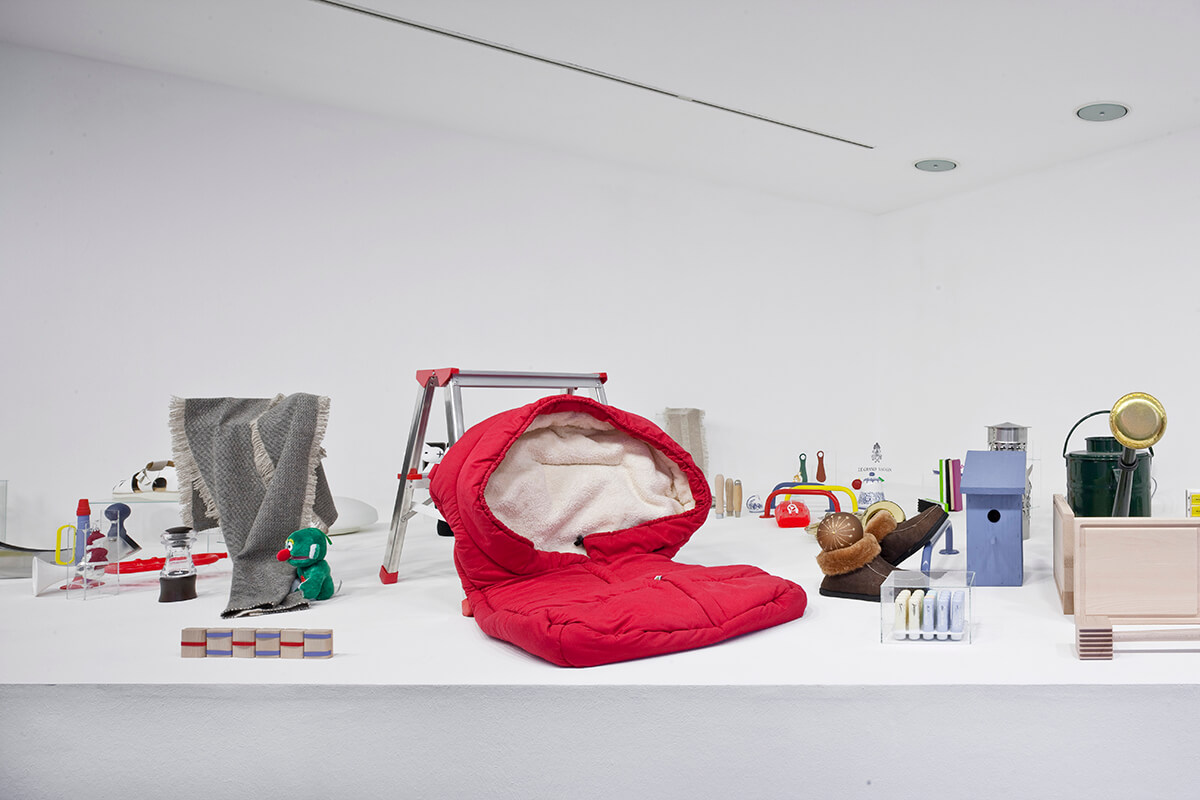
Le Grand Magasin, 2010, As part as the exhibition
Das Wesen im Ding, Frankfurter Kunstverein
Das Wesen im Ding, Frankfurter Kunstverein
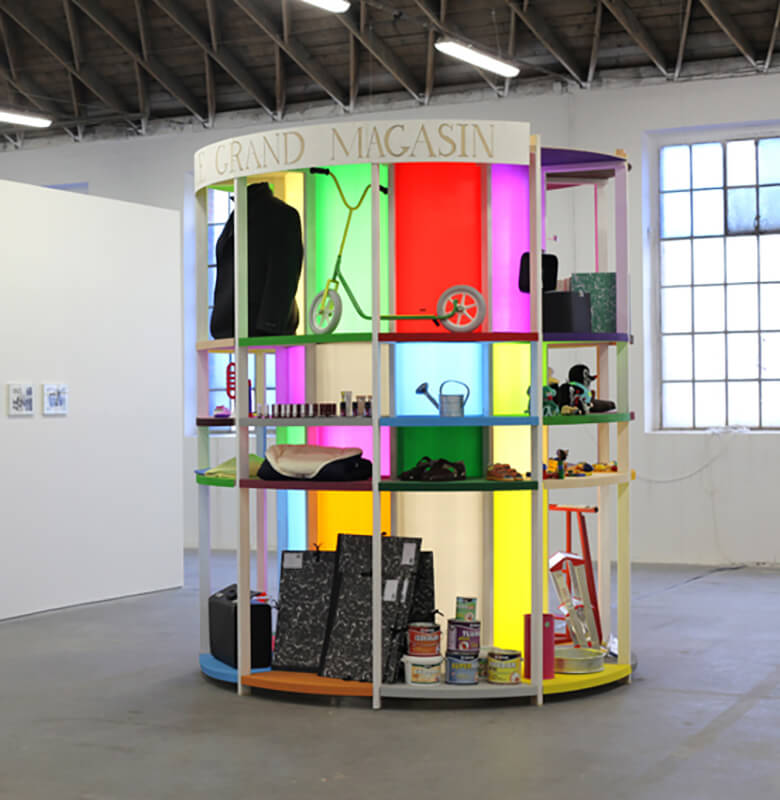
Le Grand Magasin, 2010, As part as the exhibition
On The Peripherie Of Concern, Installation view,
curated by Vendula Fremlova, Emil Filla Gallery,
Usti nad Labem, CZ
On The Peripherie Of Concern, Installation view,
curated by Vendula Fremlova, Emil Filla Gallery,
Usti nad Labem, CZ
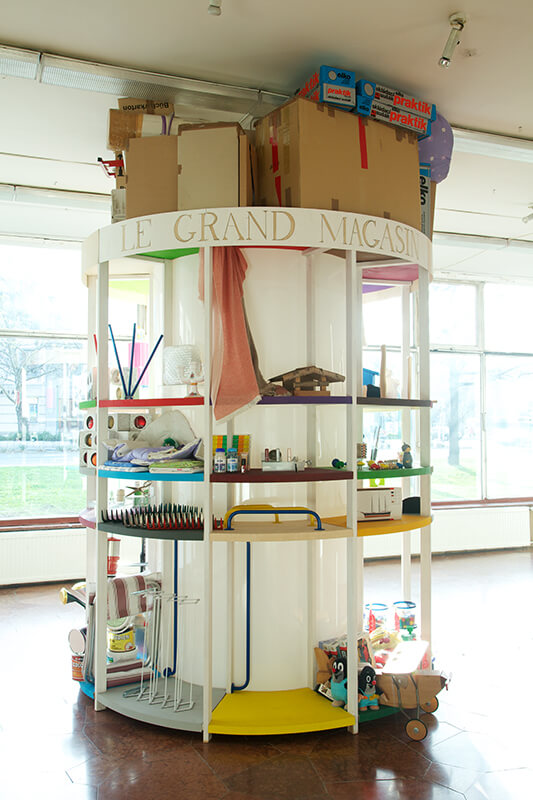
Le Grand Magasin, 2010, As part as the exhibition
The Big Deal:Everything for Everyone, Anytime,
Installation view, ICA, Curated by Franciska Zólyoum,
Dunjauvaros, HU
The Big Deal:Everything for Everyone, Anytime,
Installation view, ICA, Curated by Franciska Zólyoum,
Dunjauvaros, HU
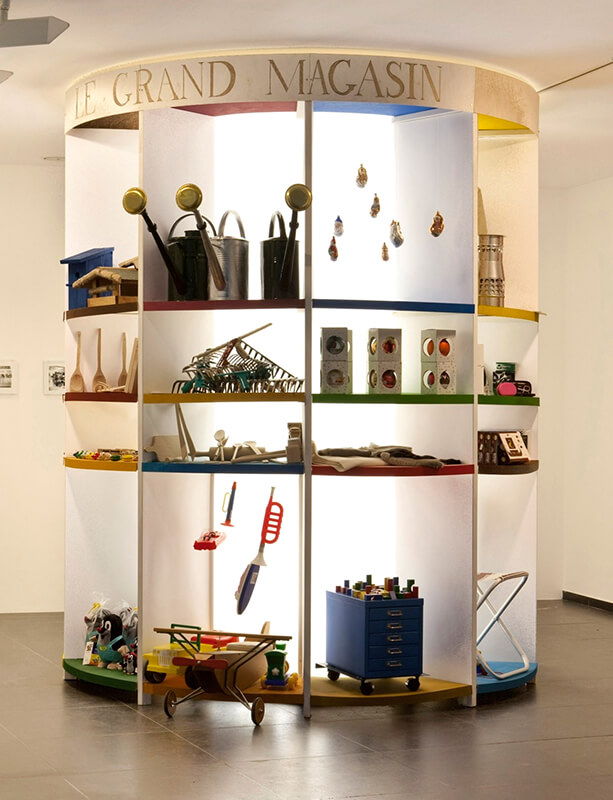
Le Grand Magasin, 2010, As part as the exhibition
Notions of the Artist, Curated by Holger Kube-Ventura, Frankfurter Kunstverein
Notions of the Artist, Curated by Holger Kube-Ventura, Frankfurter Kunstverein
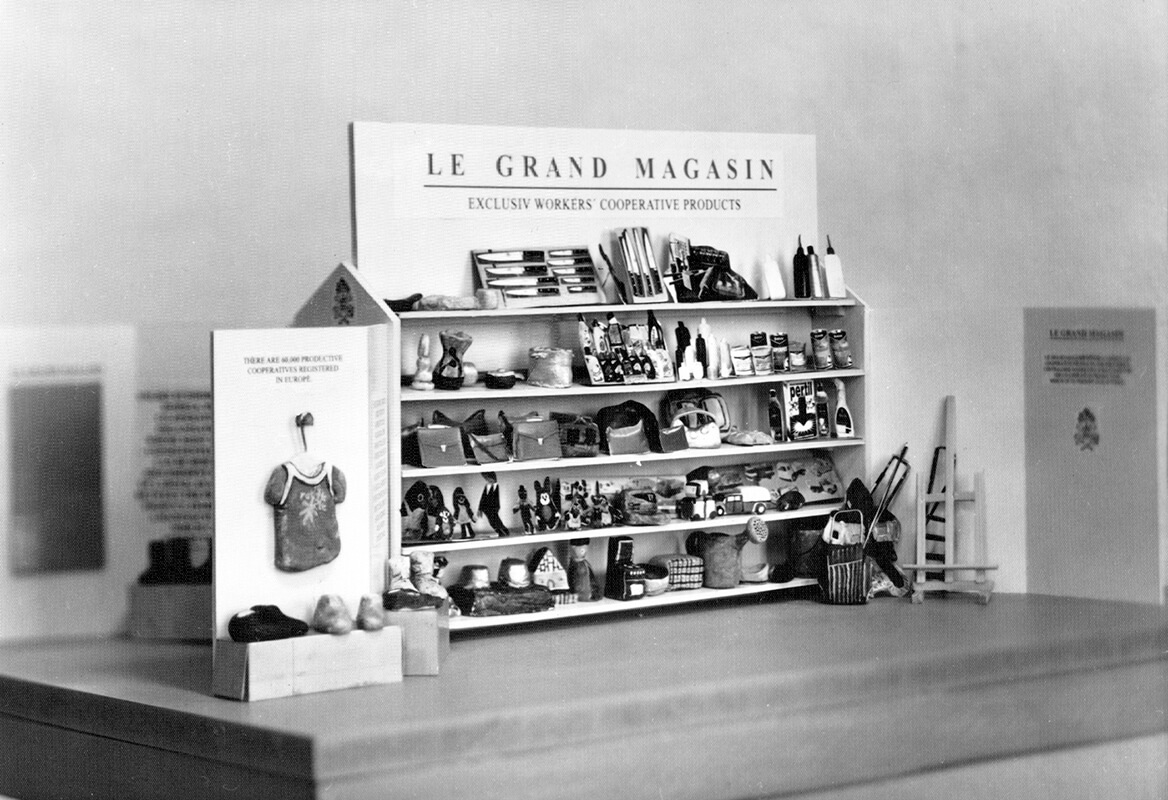
Le Grand Magasin, 2007, Mixed media, 55 x 42 x 30 cm

Cooperatives Europe, 2007, Print mounted on aluminium,
58 x 78 cm
58 x 78 cm
LE GRAND MAGASIN II
LE GRAND MAGASIN
In a very peculiar sense, art is hidden behind the Le Grand Magasin project. It starts with the fact that the artist is not introduced as an artist, but is instead a figure in the background who doesn’t even try to make an appearance in foreground. And perhaps that is the reason for a presentation that largely avoids the character of an art exhibition. And in fact, the presentation is actually a sales exhibition for products manufactured by cooperative enterprises. To be more precise, the term that should be introduced is “workers cooperative”, in which workers are simultaneously owners and employees of the business. In face of the financial crisis, such cooperatives are a necessary remedy against overheated capitalism. Andreas Wegner has delved into this topic, and has visited a number of these cooperatives in Europe. There seems to be quite a bit of diversity among them, making the visit of the exhibition worthwhile. The show is accompanied by a poster offering an overview of the goods available: there are ladies’ shoes, glass decanters, washing machines, toy stoves, scooters and chopping-knives. The poster proclaims: “A Model Department Store for Cooperatively Produced Goods from Europe”. And at the bottom of the poster, in addition to the name of the venue, the Galerie im Saalbau on Karl-Marx-Straße (sic!), the opening hours and the exhibition’s duration (!), is also — in bold print — the line: “An exhibition by Andreas Wegner at the Galerie im Saalbau”. The exhibition therefore offers two viewing options: one that will take the visitor on a foray into the artistic field, and one that leaves exactly this field behind. There doesn’t seem to be a “right” approach, which in itself says something about this undertaking. A pedestrian strolling along Karl-Marx-Straße in Berlin-Neukölln does not have luxury problems. He or she will perceive this shop not as an exhibition, but as a somewhat offbeat department store. And maybe visitors will also include the occasional art-aficionado from Charlottenburg, who knows their Duchamp just as well as their Guillaume Bijl, and who will interpret Le Grand Magasin as just another turn of the screw between reality and art. The objects are therefore subjected to double over-coding as they are charged with a specific added value based on their cooperative origin. At the same time, their art-context provides them with another value, as virtual as this may be.
Thomas Wulffen, Kunstforum International, März / April 2009, Bd.196, “Le Grand Magasin“
LE GRAND MAGASIN
In a very peculiar sense, art is hidden behind the Le Grand Magasin project. It starts with the fact that the artist is not introduced as an artist, but is instead a figure in the background who doesn’t even try to make an appearance in foreground. And perhaps that is the reason for a presentation that largely avoids the character of an art exhibition. And in fact, the presentation is actually a sales exhibition for products manufactured by cooperative enterprises. To be more precise, the term that should be introduced is “workers cooperative”, in which workers are simultaneously owners and employees of the business. In face of the financial crisis, such cooperatives are a necessary remedy against overheated capitalism. Andreas Wegner has delved into this topic, and has visited a number of these cooperatives in Europe. There seems to be quite a bit of diversity among them, making the visit of the exhibition worthwhile. The show is accompanied by a poster offering an overview of the goods available: there are ladies’ shoes, glass decanters, washing machines, toy stoves, scooters and chopping-knives. The poster proclaims: “A Model Department Store for Cooperatively Produced Goods from Europe”. And at the bottom of the poster, in addition to the name of the venue, the Galerie im Saalbau on Karl-Marx-Straße (sic!), the opening hours and the exhibition’s duration (!), is also — in bold print — the line: “An exhibition by Andreas Wegner at the Galerie im Saalbau”. The exhibition therefore offers two viewing options: one that will take the visitor on a foray into the artistic field, and one that leaves exactly this field behind. There doesn’t seem to be a “right” approach, which in itself says something about this undertaking. A pedestrian strolling along Karl-Marx-Straße in Berlin-Neukölln does not have luxury problems. He or she will perceive this shop not as an exhibition, but as a somewhat offbeat department store. And maybe visitors will also include the occasional art-aficionado from Charlottenburg, who knows their Duchamp just as well as their Guillaume Bijl, and who will interpret Le Grand Magasin as just another turn of the screw between reality and art. The objects are therefore subjected to double over-coding as they are charged with a specific added value based on their cooperative origin. At the same time, their art-context provides them with another value, as virtual as this may be.
Thomas Wulffen, Kunstforum International, März / April 2009, Bd.196, “Le Grand Magasin“